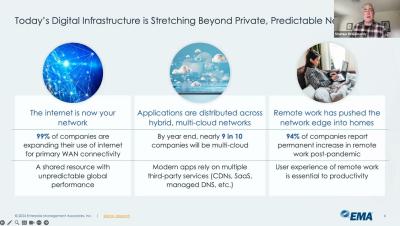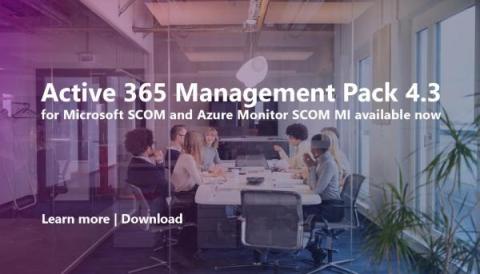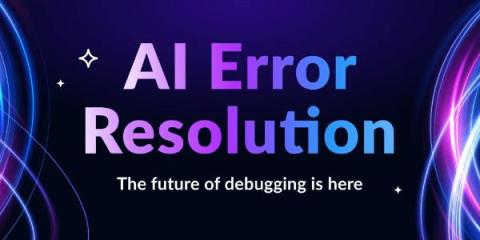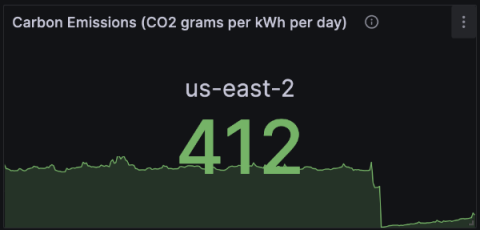Kubernetes Monitoring: Best Practices and Essential Tools
As Kubernetes adoption continues to surge across various industries, the need for robust monitoring solutions is more critical than ever. Effective Kubernetes monitoring not only ensures the health and performance of your containerized applications but also provides valuable insights for troubleshooting and optimizing your infrastructure. However, Kubernetes's distributed and dynamic nature presents unique challenges regarding monitoring and observability.











